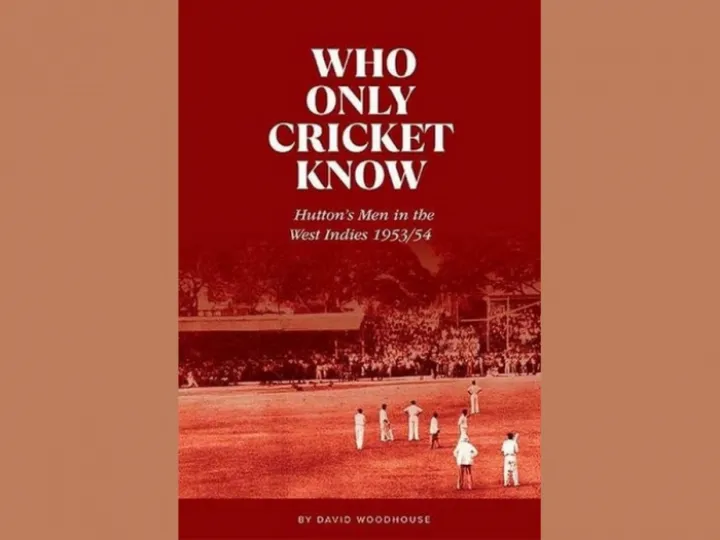Who Only Cricket Know
Hutton's Men in the West Indies 1953/54 by David Woodhouse.
On a cold winter's evening there is nothing I like better than watching a good drama on the tv particularly one based on real life events. David Woodhouse's book on the 1953/54 England tour of the West Indies provides the ideal basis for such a drama. It contains not only the details of the games but also insight into the background of the characters who participated, the politics of the various islands making up the West Indies, the structure of English cricket in the 1950s, the class divisions which existed in the two countries concerned and much more.
You can read this book simply concentrating on the pages relating to the cricket played. However, if you did you would miss out on the background to the tour and explanations to the many incidents which occurred in this period.
Prior to this book there have been only two books describing the tour in some detail, both issued in 1954. Yet this was a tour hailed as the most controversial since the Bodyline tour of 1932/33. Neither of these publications covers the after effects of the tour or had access to previously unanalysed material in the Lord's archives. David Woodhouse has attempted to fill this gap in cricket literature – I believe he has succeeded wonderfully. Some of the stories he tells and phrases he uses maybe already familiar to many cricket followers. I found many new descriptions – new at least to me – and a few of my favourites are:-
"Tour selection smacks of a group of selectors trying to put up with a captain they did not think quite suitable and of a captain having to put up with a series of selections he did not think quite right"
"Class barrier caused Hutton as many problems as the colour bar when he captained MCC in the West Indies"
The sight by his manager of the Australian tour seeing Len Hutton "sitting up in bed with his vest on" is compared to Peter Sellars in 'I'm All Right Jack'.
How did Cyril Washbrook, Reg Simpson and Bill Edrich miss out on this tour? --all averaged over 50 in 1953 and the last two also scored over 2,500 runs. In addition what was the reason for Les Jackson not even being asked if he was available for the tour ? – 103 wickets at 15.28, only two bowlers, with less than 40 wickets each, finishing above him in the bowling averages in 1953. Trevor Bailey, at the last moment being appointed vice-captain for the tour, yet never to fill such role again. Jim Laker would not tour Australia in 1954/55. Fred Trueman played only 3 tests out of a possible 26 in the years 1954-1956.
All these controversial decisions are discussed in some detail by the author.
David Woodhouse carefully explains how some the language used in the 1950s would not be tolerated now and introduces us to the different social scenes in both the West Indies and the United Kingdom. He gives us a good range of statistics, a very full index and 18 pages where he lists further reading.
Any keen student of cricket history or of West Indian politics in the 1950s should purchase this book immediately.
David B Young

